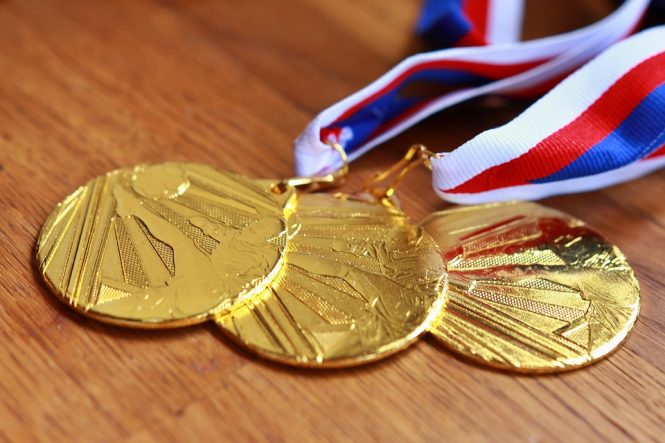
Footwork Fundamentals: Moving Like a Champion
In any sport or physical activity, footwork is the foundation upon which all other movements are built. It’s the key to quickness, agility, and overall athletic performance. Whether you’re a professional athlete or a weekend warrior, mastering the fundamentals of footwork can take your game to the next level. In this article, we’ll explore the essential footwork fundamentals that can help you move like a champion.
Stance and Balance
The first step in developing good footwork is to establish a solid stance and balance. This means standing with your feet shoulder-width apart, with your knees slightly bent and your weight evenly distributed between both feet. Your back should be straight, and your core should be engaged to maintain stability. This stance will allow you to react quickly and explosively in any direction.
Footwork Patterns
There are several basic footwork patterns that are essential for any athlete to master. These include:
- Shuffle: A small, lateral movement that keeps your feet close to the ground. This is useful for quick changes of direction and for creating space.
- Carioca: A zig-zag movement that involves stepping to one side and then quickly moving your other foot to the opposite side. This is great for improving agility and reaction time.
- Lateral slide: A movement that involves sliding your feet from side to side while keeping your upper body still. This is useful for defending or creating space in a confined area.
- Forward and backward movement: Rapidly moving your feet forward and backward, either in a straight line or at an angle. This is essential for sprinting, chasing down opponents, or creating separation.
Key Elements of Footwork
In addition to mastering the basic footwork patterns, there are several key elements to focus on:
- Explosiveness: The ability to quickly and powerfully change direction or accelerate. This requires a combination of strength, speed, and agility.
- Quickness: The ability to rapidly move your feet and react to changing situations. This requires a high level of neuromuscular coordination and reaction time.
- Control: The ability to maintain balance and stability while moving at high speeds. This requires a strong core, good posture, and precise footwork.
- Body position: Maintaining a low center of gravity and keeping your body positioned to react to the situation. This requires a combination of strength, flexibility, and coordination.
Drills to Improve Footwork
To improve your footwork, incorporate the following drills into your training:
- Cone drills: Weave through a series of cones or markers, using different footwork patterns to navigate the course.
- Ladder drills: Perform footwork patterns through a ladder, focusing on quickness, agility, and control.
- Shuttle runs: Run back and forth between two points, focusing on explosiveness and quickness.
- Reaction drills: React to a coach or partner’s movements, using footwork to create space or change direction.
Conclusion
Mastering the fundamentals of footwork is essential for anyone looking to improve their athletic performance. By focusing on stance and balance, footwork patterns, key elements of footwork, and incorporating drills into your training, you can develop the quickness, agility, and explosiveness needed to move like a champion. Remember to always practice with proper technique and to gradually increase the intensity and difficulty of your drills as you become more comfortable. With dedication and hard work, you can take your footwork to the next level and become a more formidable opponent on the field, court, or track.